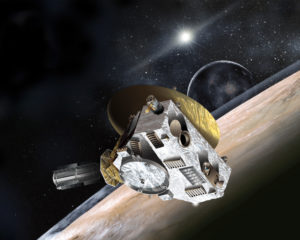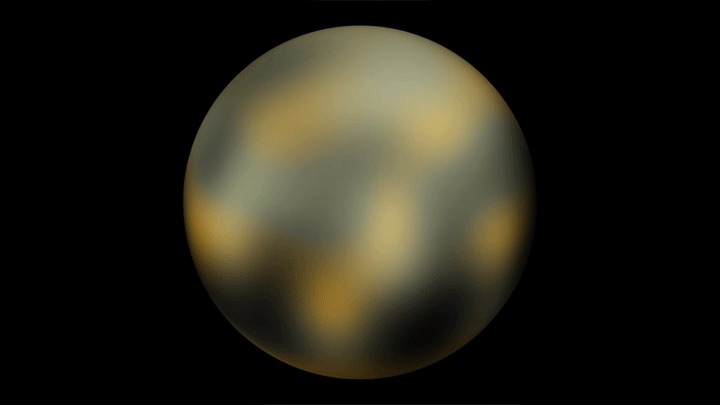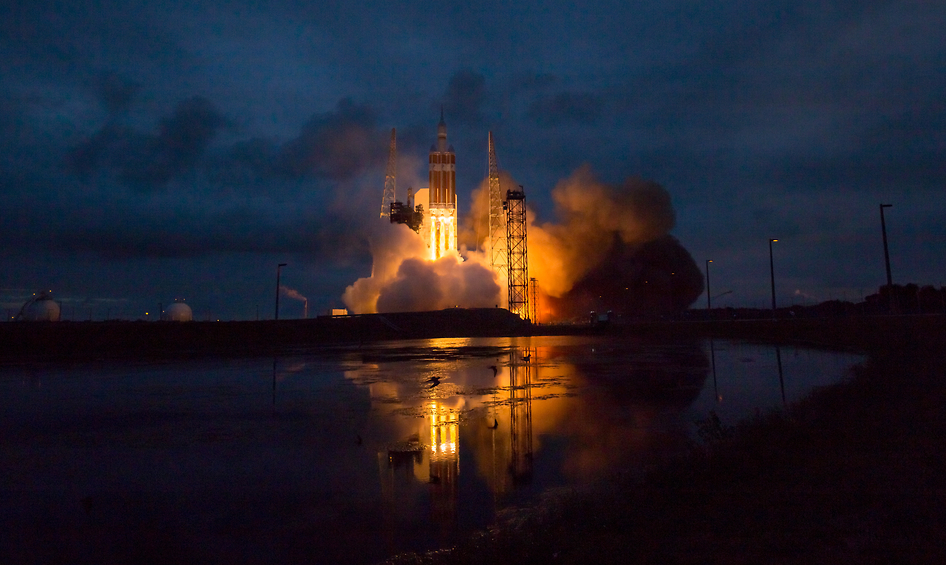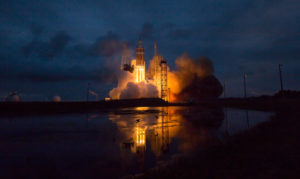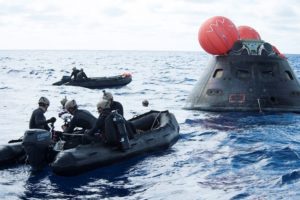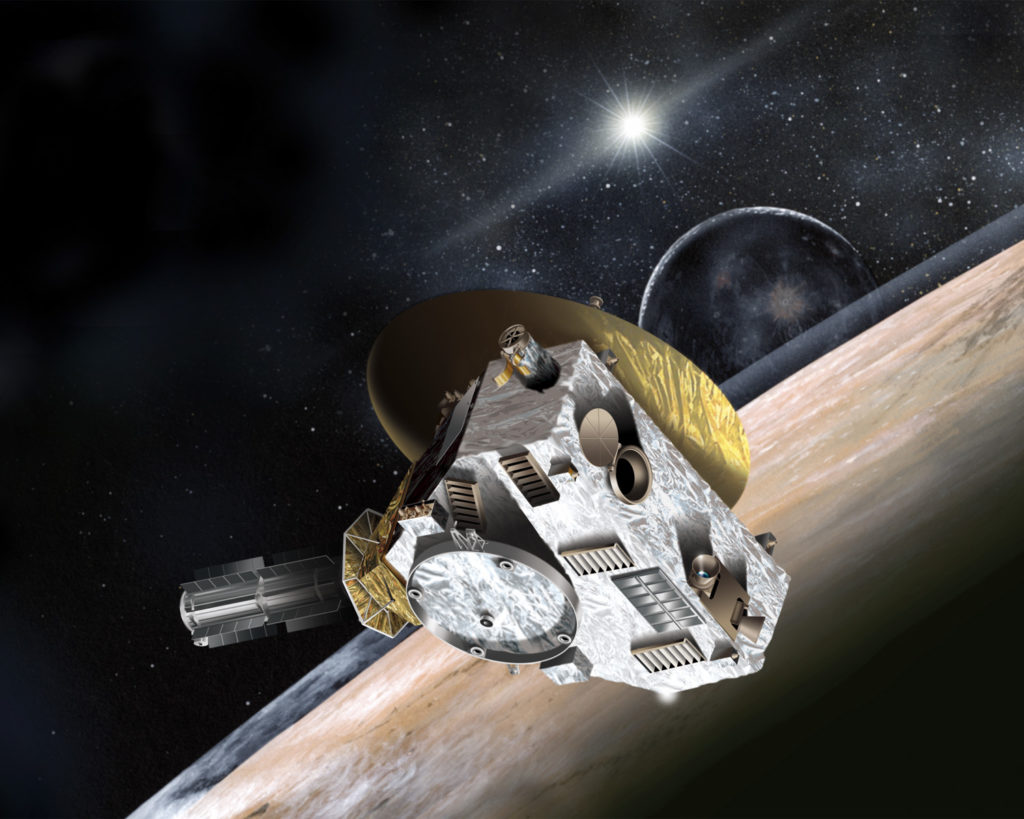
New Horizons – Getting to Pluto’s doorstep!
After a grand voyage of three billion miles that took nine years, NASA’s spacecraft New Horizon has been woken up from its sleep! This is the first mission sent to Pluto, the farthest planet in our solar system (Wait, aren’t we still deciding if Pluto is a planet or not? Well, scientists have finally agreed to call little Pluto a dwarf planet!). This is the only mission that has traveled so far to reach its primary target!
The spacecraft is a mere 162 million miles from Pluto and more than 2.9 billion miles from home! The radio signals sent back to Earth takes around 4 hours and 26 minutes to reach ! Operators at Johns Hopkins Applied Physics Laboratory have confirmed that New Horizon has set to active mode on Dec 6, 2014.
Now to the curious question, Why do we need this mission?
Because we really don’t know much about Pluto! All we know can be viewed in the image below! Wonder why, because Pluto is so small that we can hardly see it in detail even with advanced telescopes like Hubble!
Jan 15, 2015 is when the actual party begins! New Horizons will get close enough to take measurements using seven onboard instruments which include advanced imaging infrared and ultraviolet spectrometers, a compact multicolor camera, a high-resolution telescopic camera, two powerful particle spectrometers and a space-dust detector.
In addition to Pluto, New Horizons will also study Charon, the largest moon. Pluto and Charon form what is commonly referred to as binary planets and this will be our very first time to learn more about them!
To read more about this mission, click here.
And if you have 45 min to kill, watch this awesome documentary on why we need this mission!
Did you like this post? Read more and subscribe to our monthly newsletter!

